AO Edited
Mary Poppins Statue
A statue of the beloved storybook character stands in front of the building in which her creator was born.
“There was something strange and extraordinary about her—something that was frightening and at the same time most exciting…” - P.L. Travers, Mary Poppins
Mary Poppins, the stern yet affectionate, mysterious and magical nanny to the Banks children, has delighted readers around the world with her adventures since 1934. Created by P.L. Travers, Mary Poppins featured in eight books, always appearing at just the right time to relieve the over-burdened Banks parents, teach the mischievous Banks children important life lessons, and see the birth of a fifth Banks child, before leaving just as magically and abruptly as she arrived.
Poppins was depicted as very vain, constantly admiring her appearance in every reflective surface, yet extremely proper, crackling of starched aprons and smelling always of toast. A highly sociable globetrotter, Mary Poppins counted many strange and wonderful friends in every corner of the universe, from Bert the Matchman, to Neleus, a reanimated Greek statue, to Maia, the eldest sister of the Pleiades star cluster. Animals, too, made up her social circle, such as a star-chasing red cow and a wise king cobra named Hamadryad—in fact, in her eponymous book, Mary Poppins is described by a starling as the only human beyond the age of one who can still speak to animals.
For many years, the inspiration behind Mary Poppins was unknown, until the discovery, and posthumous publication of, a short story P.L. Travers had written in 1940 entitled Aunt Sass. The story, a heartfelt remembrance of the author’s stern and eccentric great-aunt Helen Morehead Christina Saraset—or Ellie as she was known for short—had originally been written as a Christmas gift for friends and family members, with only 500 copies printed.
Ellie had come to live with Travers and her family in 1907, caring for the future author and her younger sisters after their father’s premature death from pneumonia left the family destitute and their mother overwhelmed and deeply depressed.
Ellie, like Poppins, was strict, no-nonsense, well-traveled and otherworldly, yet uninterested in, and condemning of, frivolity and exaggeration. Of Ellie, Travers wrote in Aunt Sass, “The universe and the outer unknown worlds swung about the central pivot of Aunt Sass and those nearest her. She numbered among her friends many of the great figures of her time but she saw them not as creatures of history or fate, merely as beings whose human significance lay in their intimate relation to herself.”
Despite her harshness, Ellie was kind in her own way, her tough exterior belying a tender heart and loving affection for her nieces.
Travers admitted in Aunt Sass that the similarities between Ellie and Mary Poppins were unintentional and subconscious. Reflecting on her work, Travers wrote, “… I suddenly realized that there is a book through which Aunt Sass, stern and tender, secret and proud, anonymous and loving, stalks with her silent feet … You will find her occasionally in the pages of Mary Poppins.”
The Mary Poppins Statue stands on the corner of Kent and Richmond Streets, in front of the Story Bank, a museum dedicated to the legacy of P.L. Travers and Mary Poppins.

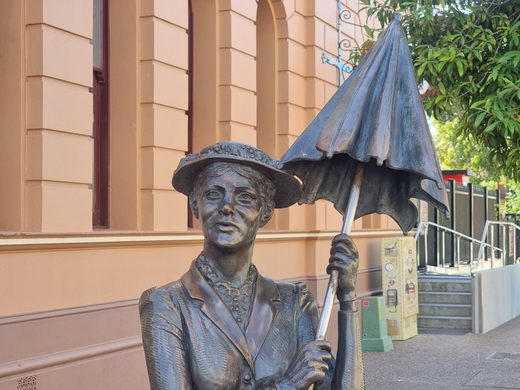
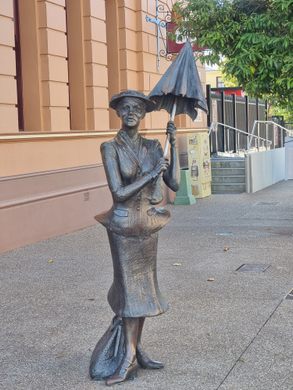
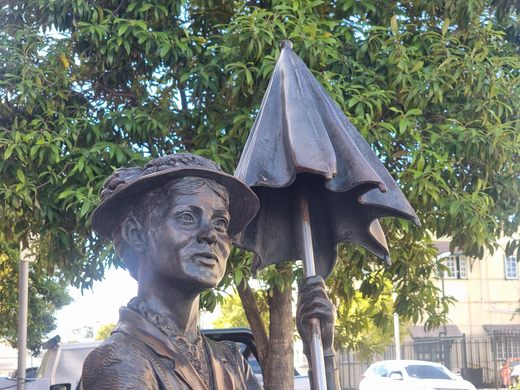


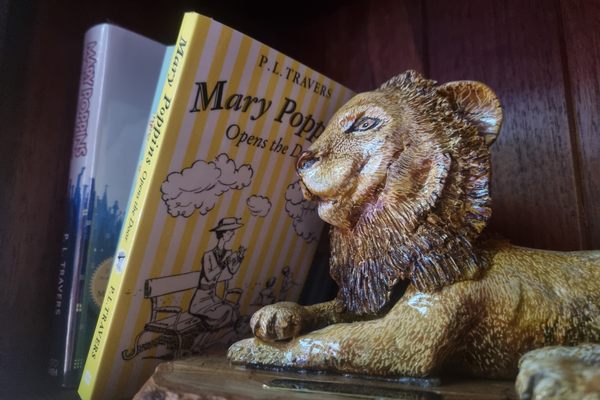


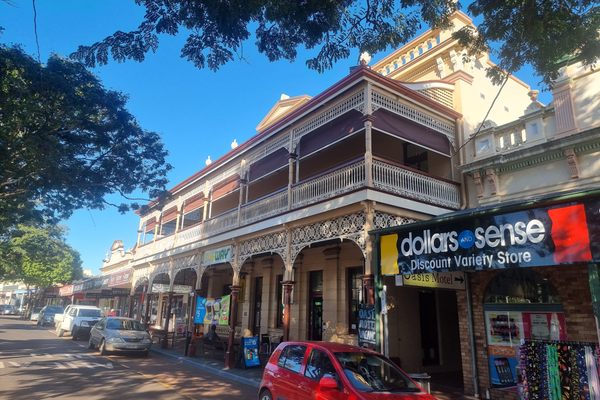






Follow us on Twitter to get the latest on the world's hidden wonders.
Like us on Facebook to get the latest on the world's hidden wonders.
Follow us on Twitter Like us on Facebook